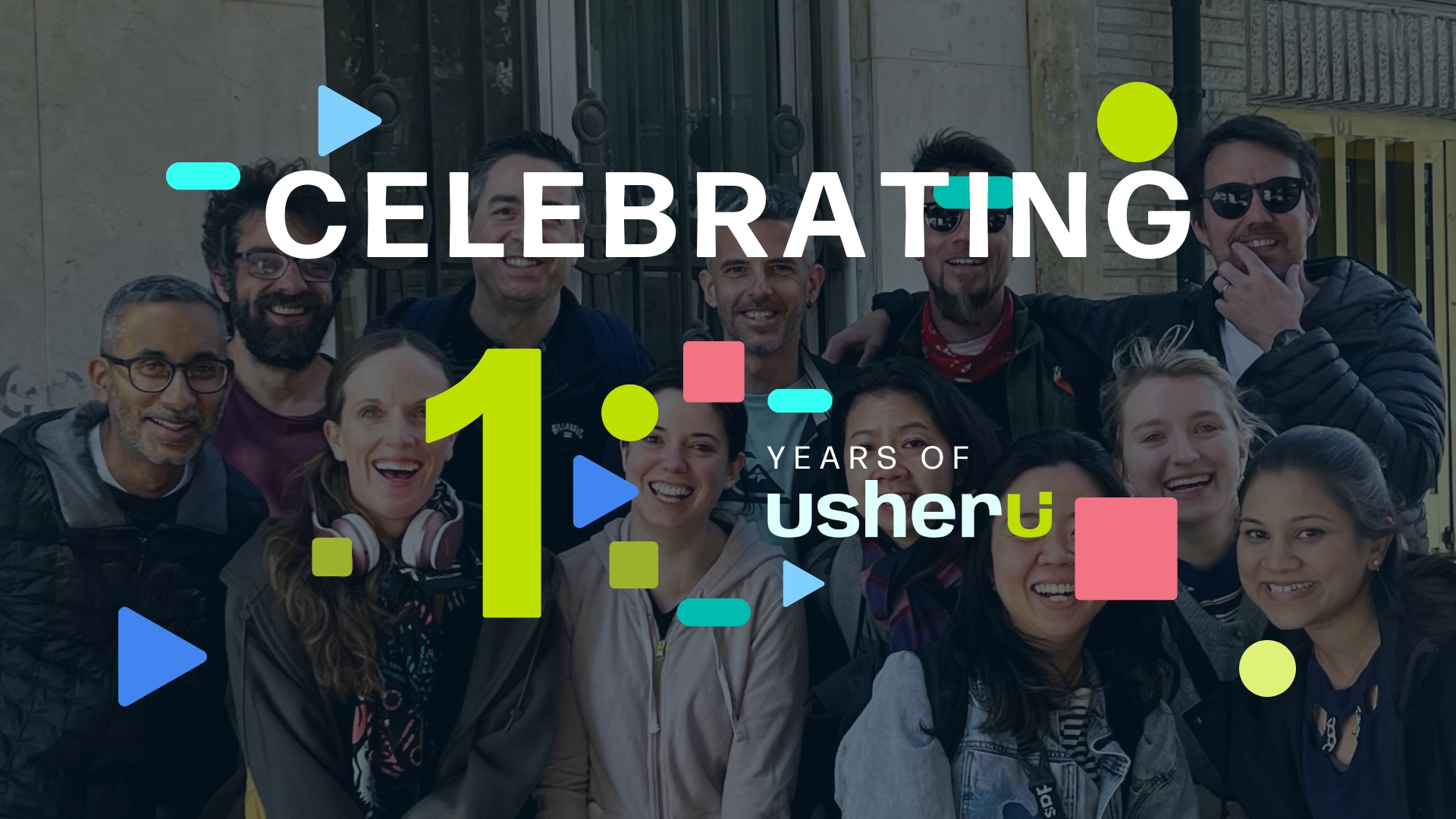In the fast-paced world of live entertainment, connecting with your audience at the right moment is key to driving ticket sales and building lasting brand loyalty. Retargeting campaigns are a game-changer for event promoters, offering a powerful way to re-engage potential attendees who’ve shown interest but haven’t yet committed. By leveraging this data-driven marketing strategy, you can analyze audience preferences and behaviors to craft tailored campaigns, optimize ticket pricing, and refine promotional strategies.
This guide will walk you through creating high-impact retargeting campaigns across platforms like social media, designed to enhance engagement, amplify your online presence, and help your events reach their full potential.

Who are Your Audiences
Segmenting your audiences into levels of engagement and intent to purchase allows for specific retargeting. Consider these audience groups:
People who visited the event’s webpage
People who interacted with schedules or chose a local venue
People who provided their email address to express interest in attending
People who clicked “Buy Tickets”
The first three groups are key for retargeting within the same event promotion campaign, as they have shown interest but haven’t completed their ticket purchase. By delivering these engaged audiences personalized ads, you can expect improved performance and higher returns on your advertising spend.
The purchasers in the fourth group are an ideal audience for retargeting, not only for this event promotion but also for future campaigns. Additionally, they can be engaged again when your event content becomes available for online streaming or other digital platforms.
BREAKDOWN BY SERVICE
So you have an understanding of audience groups, and you want to start capturing these behaviours on your site. Here we’ll break down the basic steps for some of the major digital advertising platforms. (For even more technical detail on implementing pixels and tracking codes, see this article)
1. Google Ads (For Google Search and Display Network)
Steps
- Create Audience Lists: In Google Ads, go to “Audiences” and then “Audience Manager” to create your different audience lists based on the categories above.
- Implement Pixel: Place the Google Ads pixel on your website to track these specific actions.
- Create Campaign: Make a new retargeting campaign and assign your audience lists to the campaign.
2. Facebook and Instagram (Integrated through Facebook Ads Manager)
Steps
- Create Custom Audiences: In Facebook Ads Manager, create custom audiences for each category.
- Install Pixel: Make sure you’ve installed the Facebook Pixel on your website.
- Campaign Setup: Create a retargeting campaign in Facebook Ads Manager and include both Facebook and Instagram as platforms to display your ads.
3. Twitter Ads
Steps
- Audience Manager: Create tailored audiences under the Audience Manager in Twitter Ads.
- Conversion Tracking: Place Twitter’s conversion tracking pixel on your website.
- New Campaign: Create a new retargeting campaign and choose your tailored audiences.
4. TikTok Ads
Steps
- Event Setup: Install the TikTok Pixel and set up events corresponding to your target actions (visited webpage, clicked Buy Now, etc.).
- Audience Management: Create custom audiences in TikTok Ads Manager based on the events you set up.
- Campaign Creation: Create a new ad campaign and assign your custom audiences.
Finally, here is a simple way to bring this all together, and to power up your audience retargeting campaigns.
Basic Workflow
- Audience Identification: Determine the behaviors you want to target (webpage visits, cinema selection, etc.).
- Pixel Installation: Place the tracking pixel for each platform on your website’s relevant pages.
- Audience List Creation: Use each platform’s Ads Manager to create custom audiences based on the tracked behaviors.
- Campaign Creation: In each platform’s Ads Manager, create a new retargeting campaign targeting the custom audiences you’ve created.
- Ad Content: Prepare creative and compelling ad content tailored to each audience type.
- Monitor and Optimize: Track the performance of your retargeting campaigns and make adjustments as needed.
- Data Analysis: Periodically review analytics to see what’s working and what needs improvement.
Do You Retarget Audiences?
This is a quick and straightforward guide to setting up retargeting campaigns for live events. While the specific steps may vary based on platform updates, these foundational strategies are essential for successful implementation. Always ensure compliance with privacy laws and regulations, such as GDPR in Europe and CCPA in the United States, when managing audience data to maintain trust and transparency.





